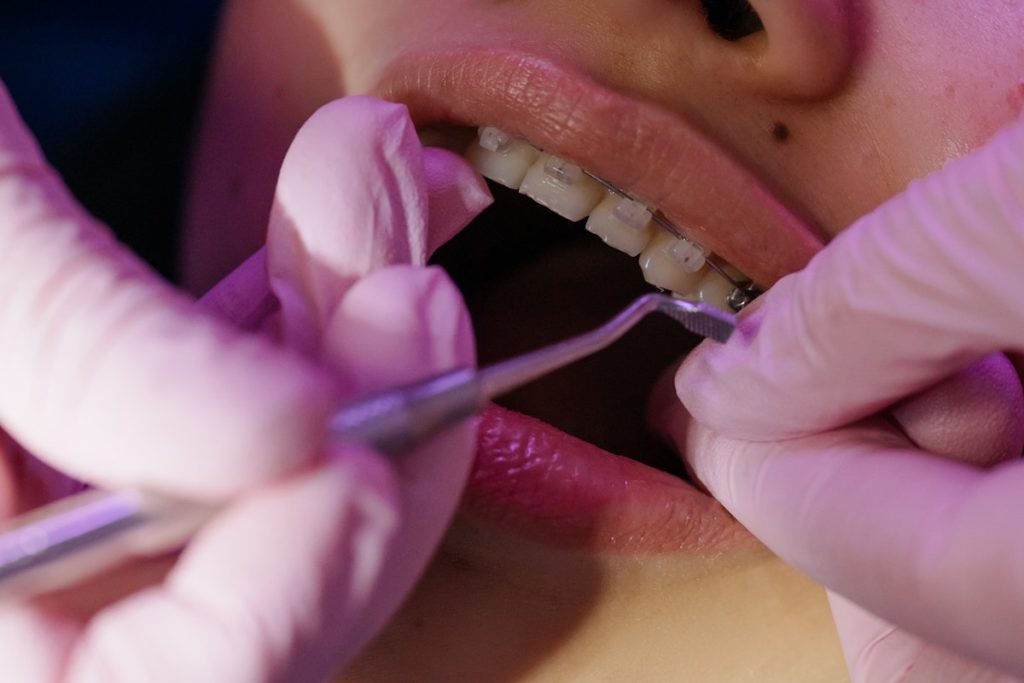Anyone with access to the internet has a wealth of information literally at their fingertips. But how much of this rich resource is accurate is the real question that needs to be asked. Accurate information becomes more of a pressing concern when it comes to matters of healthcare.
One such area in oral healthcare where misinformation exists is orthodontics Navan. Stereotypical beliefs and myths that have been around for a very long time have meant that many forgo essential dental care that they need to maintain a healthy functioning mouth. When it comes to straightening teeth, untruths can mean the difference between a life lived in pain and discomfort and what the transformative effects of a pleasing smile can offer.
While wearing traditional orthodontic devices do present a few challenges, recent developments in teeth straightening devices address these challenges so that patients are offered more comfort and convenience. What must be remembered is that no matter the orthodontic need or goal, patients must choose the services of a professionally qualified dentist. The General Dental Council (GDC) warns of the risk of using direct-to-consumer braces that can cause more damage than correcting teeth-alignment issues.
Mistaken beliefs about teeth straightening
Only children wear braces
Teeth straightening is critical for the oral health of both children and adults. Developments in orthodontic devices, like the widely popular, clear aligner-like braces, Invisalign, have opened up new ways to correct alignment issues. The brand has recently achieved a remarkable milestone – 10 million patients – pointing to unprecedented numbers of people who appreciate the value of an aligned, attractive smile.
The teeth straightening process takes years
Traditionally speaking, orthodontic treatment plans typically took around 18 to 24 months to yield results but, with newer technologies, this time length can be shortened. The actual time it takes to straighten teeth will depend on the patient’s situation and the technique used.
Straightening teeth is uncomfortable
The arrival of aligner-like braces has allowed for treatment with minimal discomfort as the device’s design does not feature any wires or brackets.

Adult teeth do not move
It was once believed that adult teeth do not move out of position after they have matured full, but this belief no longer holds. Dental practitioners encourage the use of retainers after the orthodontic treatment to avoid the risk of teeth movement.
Braces are only effective for young patients
It cannot be denied that younger orthodontic patients are at a particular advantage as the jaw development process is still underway. But many adult patients have received successful orthodontic treatments with technological developments contributing to faster treatment plans.
Teeth alignment is a superficial concern
Cosmetic improvements may be the most noticeable benefit of straightening teeth but other worthy benefits should not be discounted. One such advantage is better dental hygiene as straighter teeth help toothbrush bristles and floss thread get into the spaces between them to remove bacteria and trapped food particles.
Misconceptions can prevent one from seeking the right types of dental care to attain a healthy smile. Seeking verifiable information from trusted sources such as a dental practitioner will remove any doubt or fear.

